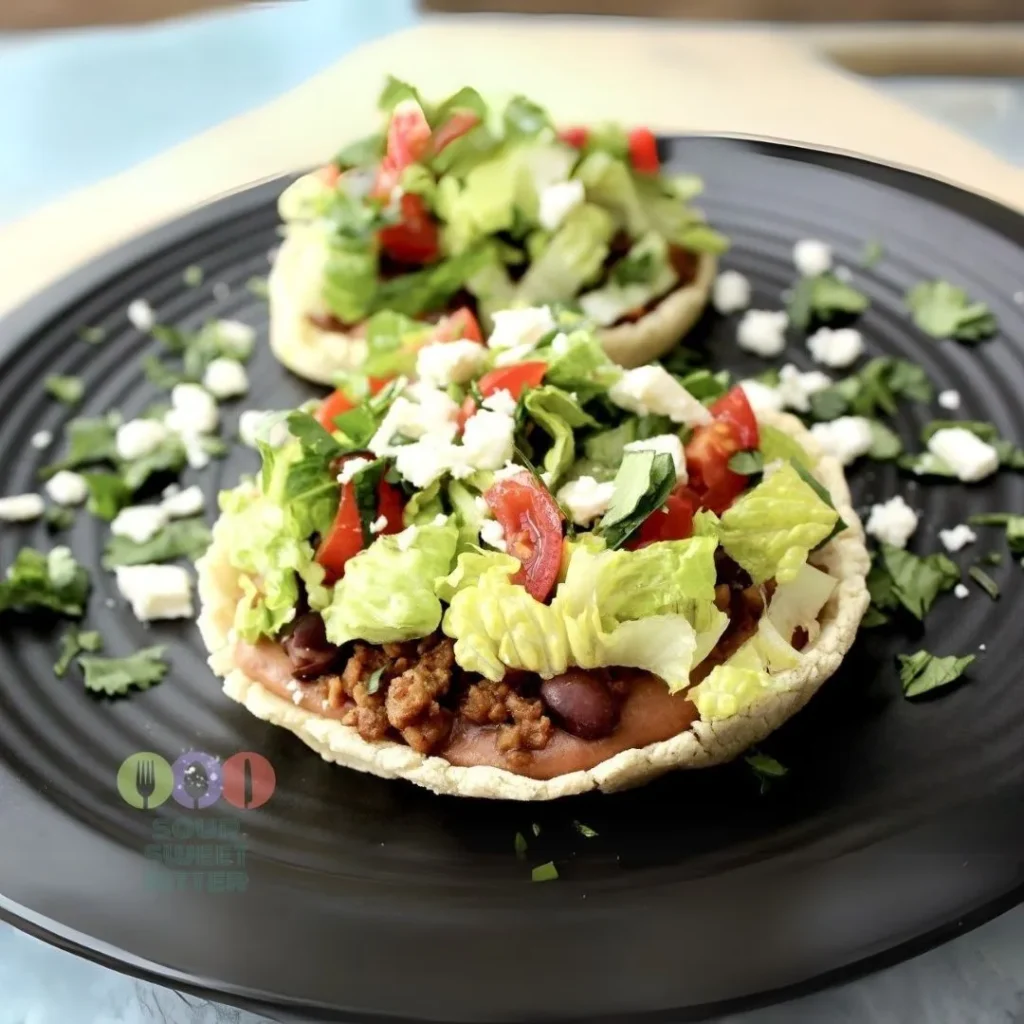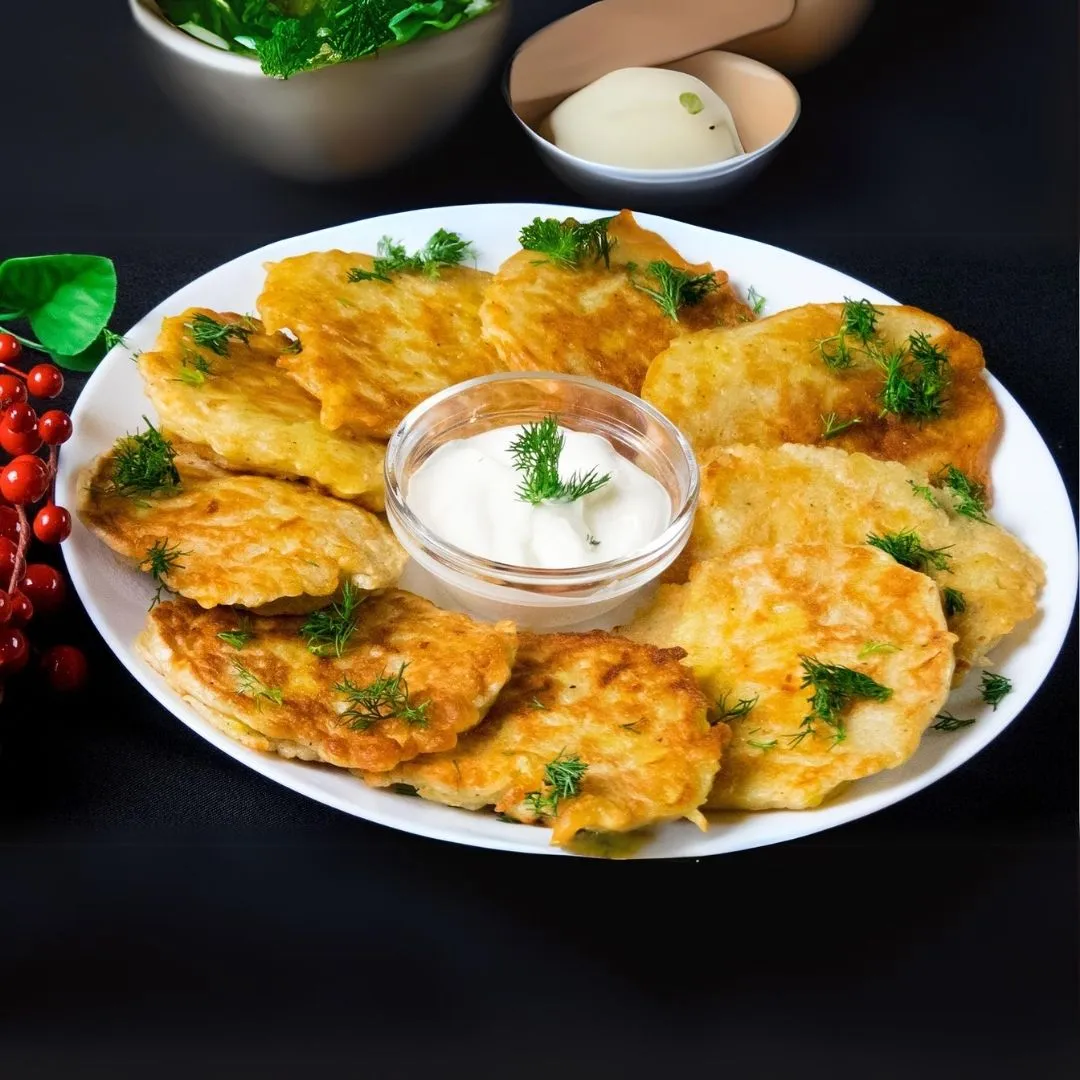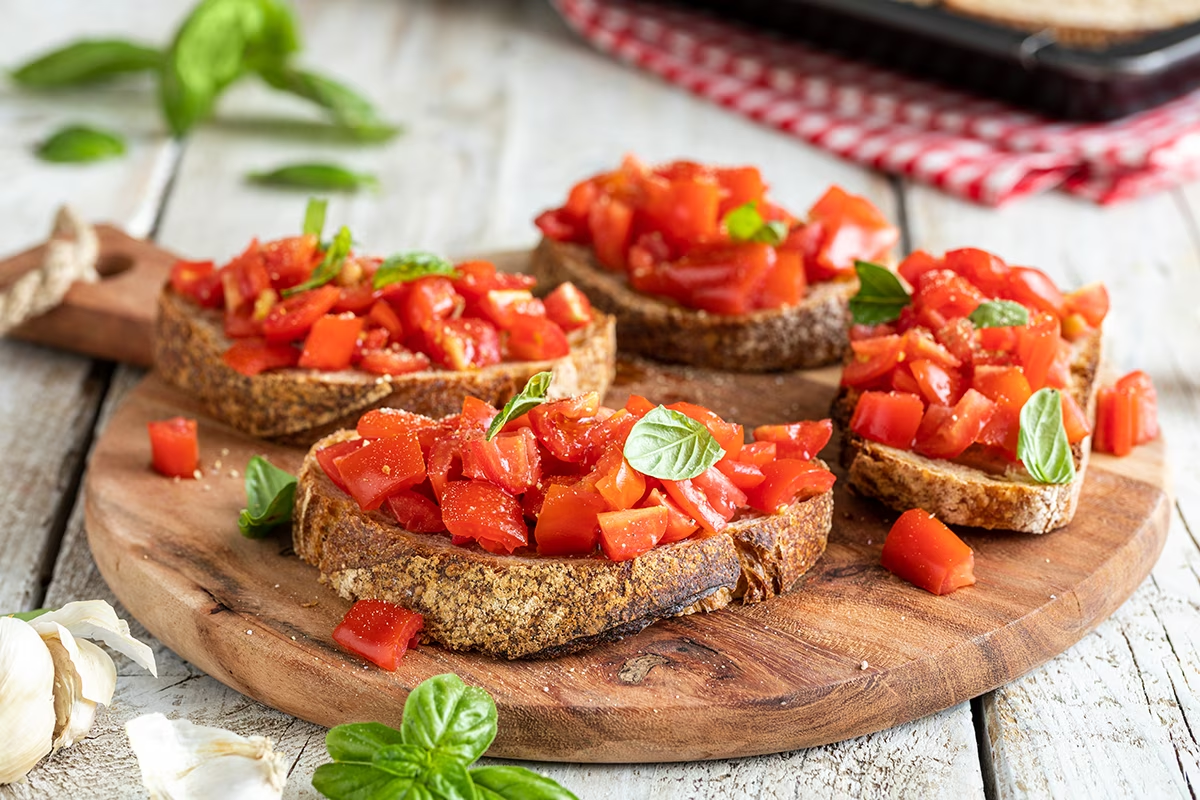The History and Tradition of Mexican Sopes: A Culinary Legacy
Mexican sopes are a cherished part of the country’s culinary heritage, bringing together flavors and traditions that date back centuries. These thick, hand-formed corn cakes with savory toppings have remained a staple in Mexican cuisine, evolving from their ancient origins to modern variations enjoyed today.
Ancient Roots: A Dish Born from Tradition
Before the Spanish arrived, indigenous civilizations like the Aztecs and Mayans relied on corn as a dietary cornerstone. Using nixtamalization, they transformed maize into masa (corn dough), shaping it into small, thick rounds cooked on clay griddles. Early versions of these corn cakes were simple, topped with beans, chili, and native herbs.
A Culinary Evolution: From Simple to Iconic
Over time, these thick masa cakes developed into the dish recognized today. Spanish influence introduced ingredients such as cheese, cream, and various meats, adding richness and depth. What began as a humble meal has become a versatile favorite across Mexico, found in both homes and bustling markets.
What Makes This Dish Unique?
One of the defining characteristics of this dish is its thick, slightly crispy base with raised edges, designed to hold an array of toppings. Unlike thin tortillas, these corn cakes have a sturdy yet tender texture, making them the perfect vessel for refried beans, shredded meats, cheese, lettuce, crema, and flavorful salsas.
Regional Variations: A Taste of Mexico’s Diversity
Each region in Mexico has developed its own version of this beloved dish, using local ingredients to create distinct flavors:
- Mexico City: Classic styles featuring beans, queso fresco, and salsa.
- Puebla: Topped with smoky tinga, a chipotle-spiced shredded chicken.
- Guerrero: Known as pellizcadas, these feature a thicker base and mole sauce.
- Coastal Areas: Variations with shrimp, octopus, or other fresh seafood.
A Staple of Mexican Culture
These corn-based specialties are an integral part of daily life in Mexico, commonly found in street food stalls, home kitchens, and restaurants. They are enjoyed as a quick snack, a satisfying meal, or a comforting late-night bite. During celebrations and family gatherings, they bring people together, representing tradition and warmth.
Contemporary Twists: Innovation Meets Tradition
While the traditional recipe remains beloved, modern chefs have introduced new variations. Some experiment with plant-based fillings, gourmet toppings, or fusion flavors. Despite these innovations, the essence of this dish remains the same—a thick, flavorful corn base topped with fresh, delicious ingredients.
A Timeless Mexican Classic
From its ancient origins to its place in modern cuisine, this dish is a testament to Mexico’s rich culinary history. Whether enjoyed in a market stall or a fine-dining restaurant, each bite tells a story of tradition, adaptation, and the love of bold flavors.or a home kitchen, every bite of a sope tells a story—one of tradition, adaptation, and the enduring power of Mexican cuisine.
Discover Traditional North American Recipes Discover Traditional Mexican Recipes You may like this also: Iranian Tahchin You may like this also: Russian Kurnik
Mexican Sopes
Ingredients
For the Dough:
For Filling:
For Garnish:
Instructions
Serving:
-
Mix the cornflour with the warm water in a medium bowl and knead until very well integrated. If necessary, add more water, but little by little, a spoonful at a time, until the dough is smooth and very manageable (the dough should be soft but not sticky). Sometimes the humidity of the area where we live makes our dough watery; if this is the case, add a little more cornflour. Cover the dough with a damp cloth napkin to prevent it from drying out.
-
Divide the dough into 10 equal-sized balls and cover them again with the kitchen towel.
-
Heat the griddle over medium-high heat.
-
Cut the plastic bag into two equal squares. Place one piece of plastic wrap in the tortilla pan and place a ball of dough on top; cover with the other piece of plastic wrap and close the tortilla pan by gently pressing the handle to form a thick, medium-sized tortilla.
-
Open the tortilla pan and remove the top piece of plastic wrap. Lift the tortilla by holding the bottom plastic and flip the tortilla so that it is in the palm of your hand (part of the tortilla should cover your hand and part of the tortilla should hang from your hand).
-
If you don't have a tortilla pan, you can use an ovenproof dish or pie pan; that's what I sometimes use to make the tortillas and it works great.
-
Place the tortilla on the hot griddle in a quick motion. Within a minute, flip the tortilla over to cook on the other side (don't let it cook too long or the dough will dry out). Flip again to cook for another minute. Give it a final flip for about 20-30 seconds of cooking time. Remove the sope from the griddle with the help of a small stick and place it on a kitchen towel to keep it warm. Let it cool for only about 45 seconds and then begin to form the edge by pinching the edges with your fingers. Return the sope to the napkin, and continue cooking the rest.
Serving:
-
Heat the oil or lard in a skillet (or on a comal). Place the sopes in the pan and fry lightly for 30 seconds on each side; this will be enough time to heat the sopes and brown them a little. Remove the sopes from the pan and place them on a plate covered with paper towels to absorb the excess fat.
-
Now add the beans, the meat of your choice, lettuce and any other ingredients you have selected as fillings or garnish. Serve with salsa of your choice.
-
Your traditional Sopes is ready. ¡Buen provecho!
Note
- For those of us who live outside of Mexico and can't find queso fresco and crema mexicana, we can substitute feta cheese and sour cream mixed with heavy cream.
- Sopes require some preparation time, so it is advisable to make them when we have some leftover beans and stewed meat or cooked chicken in the refrigerator; this way we will have the ingredients ready when it is time to prepare them.
- You will need a plastic bag - like the ones used to store food in the freezer -, a comal and a tortilla press (tortilla press) or a glass pie tin in case you don't have a tortilla press.














